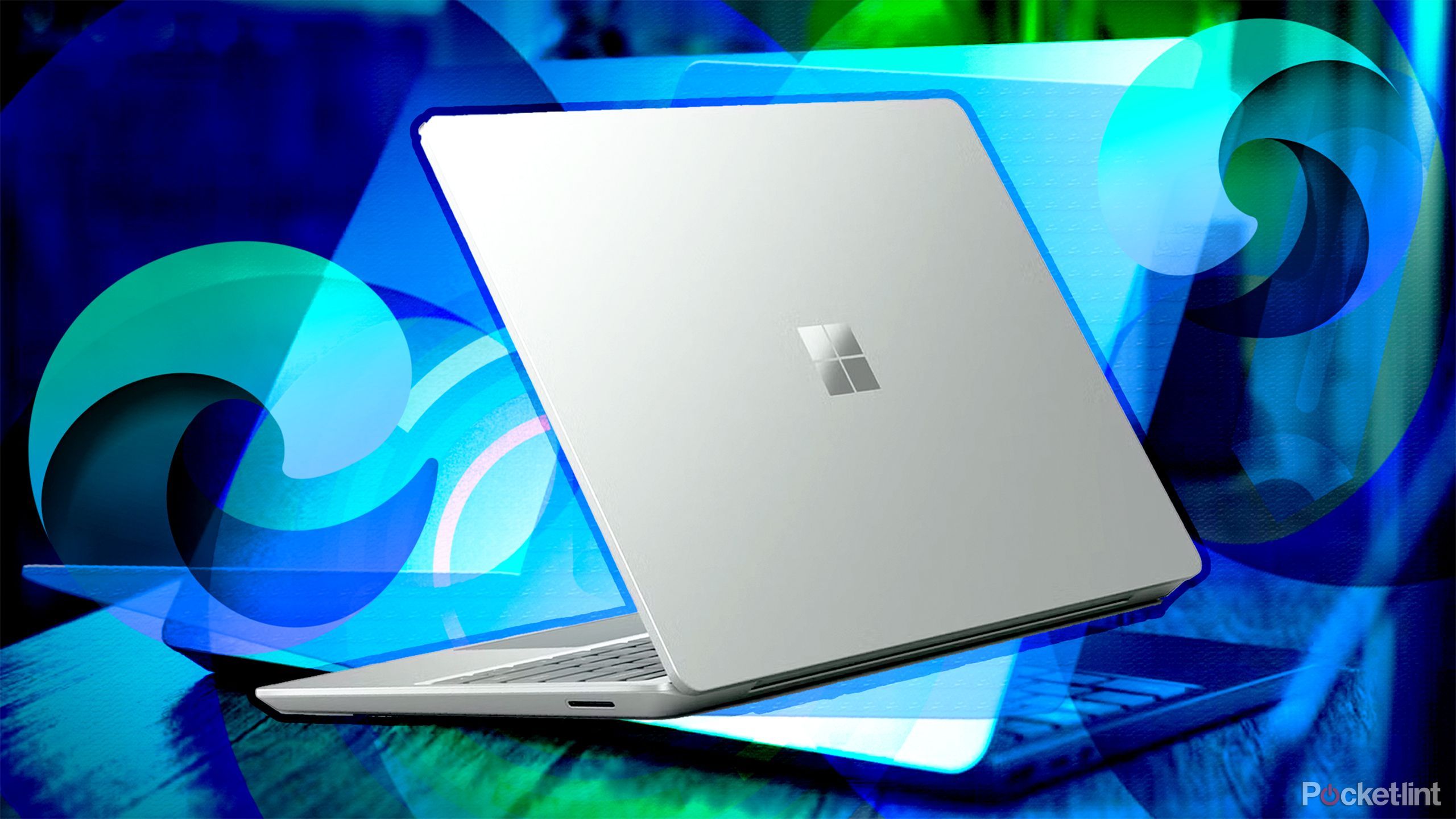Bajaj Pulsar NS400Z Vs Apache RTR 310, Speed 400, Duke 250, Gixxer 250, And CB300F: Price Comparison

Bajaj Auto launched its biggest and most expensive Pulsar model in the Indian market recently. The Pulsar NS400Z is currently priced at Rs 1.85 lakh (introductory, ex-showroom). Now, the Bajaj Pulsar NS400Z gets into the ring with the TVS Apache RTR 310, Triumph Speed 400, KTM Duke 250, Suzuki Gixxer 250, and also the Honda CB300F. So let us tell you how the newest Pulsar model stacks up against its rivals as far as pricing is concerned.
Also Read: Bajaj Pulsar NS400Z Launched In India; Priced At Rs. 1.85 Lakh
The NS400Z borrows the engine from the Dominor 400. That said, it gets a 373 cc single-cylinder, liquid-cooled motor that belts out 39.4 bhp and a torque output of 35 Nm. It is paired with a 6-speed gearbox and incorporates a slip-and-assist clutch. Bajaj claims that the NS400Z has a top speed of 154 kmph. Moreover, the motorcycle integrates ride-by-wire technology as well.
Suzuki Gixxer 250
First on the list is the Suzuki Gixxer 250. With prices starting at Rs 1.81 lakh (ex-showroom), it is the closest rival to the Pulsar NS400Z. However, the second variant of the Gixxer 250 is priced at Rs 1.98 lakh (ex-showroom), which comes with more features and connectivity options. On the other hand, the Pulsar NS400Z is offered with Bluetooth connectivity as standard. The Gixxer 250 is powered by a 249-cc single-cylinder, oil-cooled engine, which makes 26 bhp and 22.2 Nm of peak torque.
Also Read: Bajaj Pulsar NS400Z: Everything You Need To Know
TVS Apache RTR 310
Next in the queue is the TVS Apache RTR 310. It is the most expensive motorcycle in our comparison, carrying a sticker price of Rs 2.43 lakh (ex-showroom). Bajaj surely has loaded the Pulsar NS400Z with a host of features, such as the full-colour LCD screen with Bluetooth connectivity, switchable traction control, ABS, and four ride modes: road, rain, sport, and ff-road. The TVS bike, on the other hand, gets an optional climate-controlled seat and a six-axis IMU unit for cornering ABS and cornering traction control with the Pro kit. The bike also has a tyre pressure monitoring system and a bi-directional quickshifter offered in the additional Dynamic kit.
Triumph Speed 400
The Triumph Speed 400 is priced at Rs 2.34 lakh (ex-showroom). It is Rs 49,000 more expensive than the Pulsar NS400Z. The Speed 400 is powered by a 398 cc, four-valve engine that puts out 39.5 bhp and 37.5 Nm of peak torque. The power figures are similar to those of the Pulsar NS400Z but with a slightly higher displacement. The Speed 400 comes with ride-by-wire switchable traction control and dual-channel ABS. The motorcycle sports a large analogue speedometer with an integrated LCD screen.
KTM Duke 250
The KTM Duke 250 model has been around for a while, and the last update gave the motorcycle a rather striking appearance. It is priced at Rs 2.39 lakh (ex-showroom). This makes it about Rs 54,000 more expensive than the Pulsar NS400Z. The 250 Duke is powered by a 249-cc engine that churns out 30 bhp and 25 Nm of peak torque. The feature list includes a ride-by-wire throttle system, a slipper clutch, and a quick shifter. There’s a 5-inch LCD too, which is Bluetooth-enabled and offers turn-by-turn navigation.
Honda CB300F
Lastly, we have the Honda CB300F. The motorcycle is priced at Rs 1.70 lakh (ex-showroom), and it is the cheapest motorcycle in our comparison. The CB300F was launched in India late last year and got a substantial price cut of Rs 56,000 over its predecessors. It is cheaper by Rs 15,000 than the introductory price of the Pulsar, but it does not directly rival it in terms of specifications and features. The CB300F is powered by a 293.52 cc single-cylinder oil-cooled engine producing 24.14 bhp and 25.6 Nm of peak torque while being mated to a six-speed gearbox. The feature list includes a traction control system, a fully digital instrument cluster, and a Bluetooth connectivity option.




